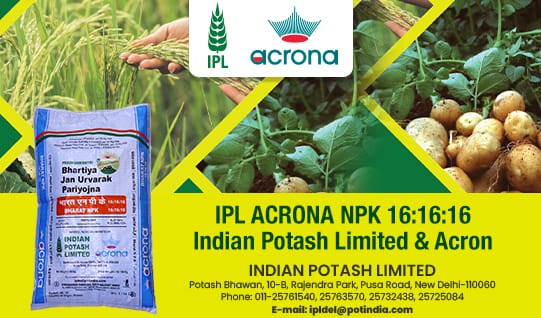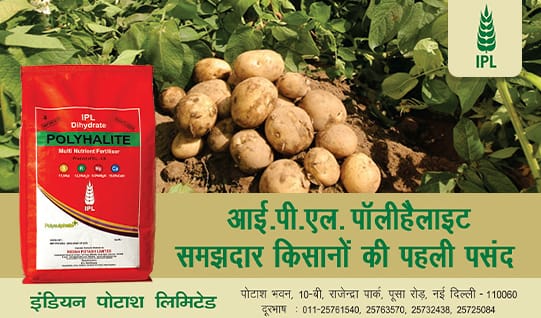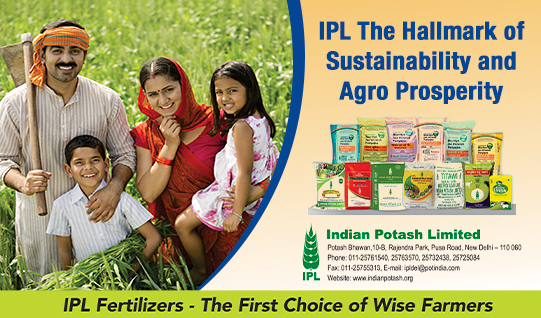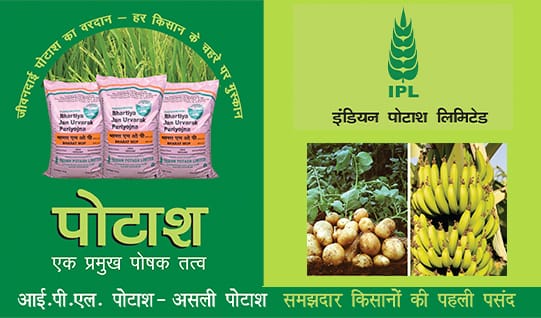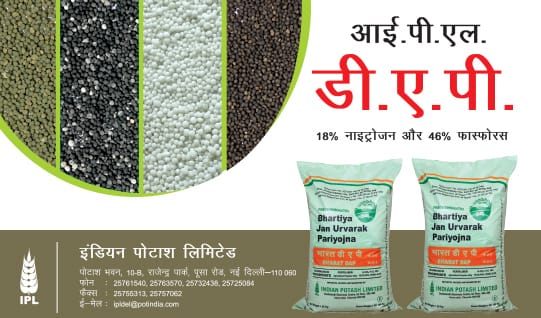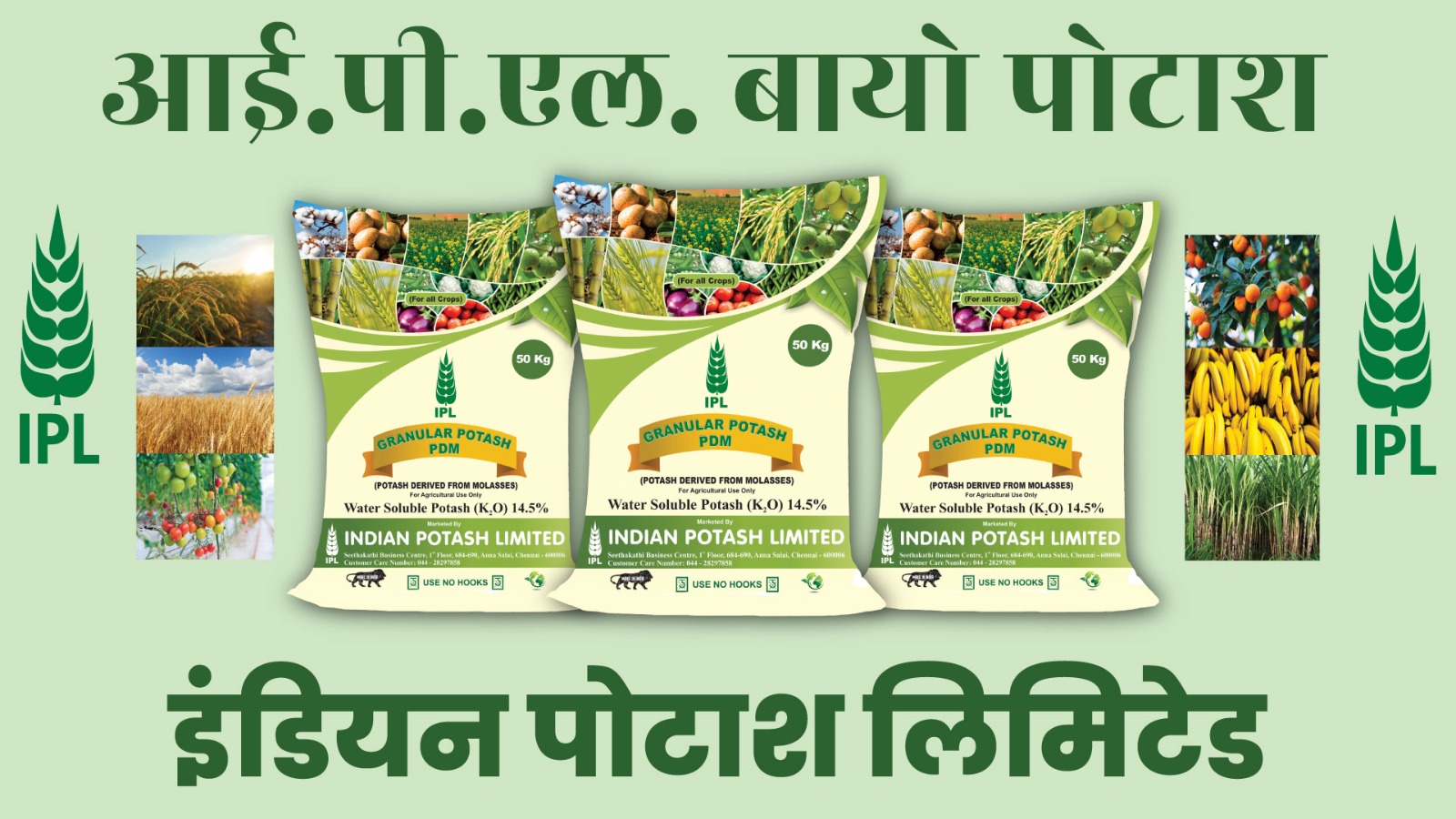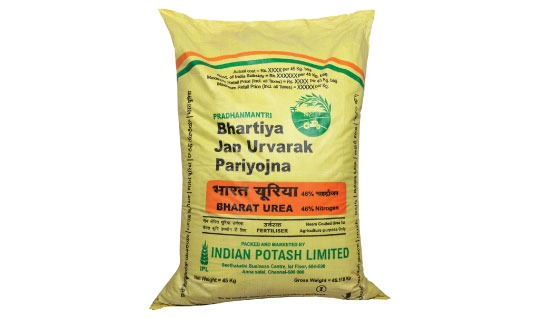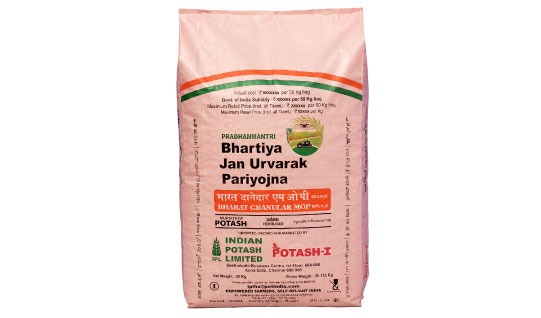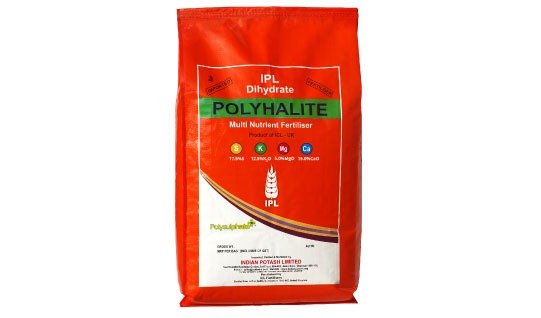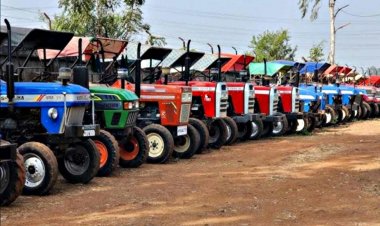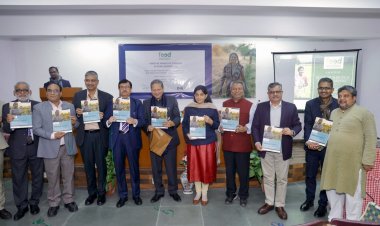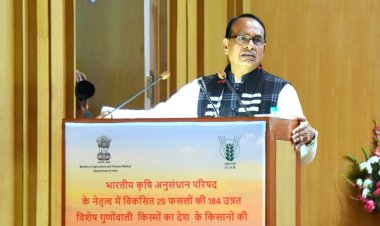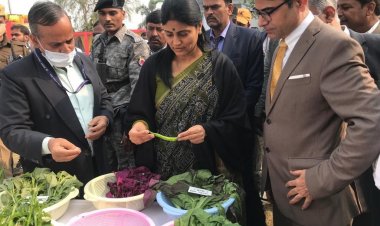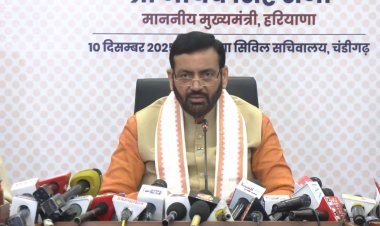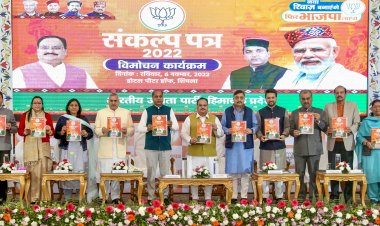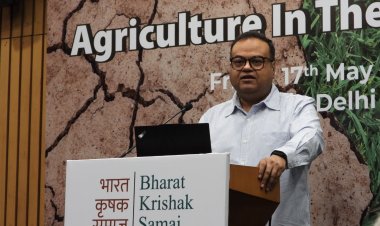Floriculture and Horticulture Emerge as Sunrise Sectors Driving Rural Growth: Economic Survey
India’s floriculture and horticulture industries have emerged as high-growth sectors, transforming rural economies and strengthening the country's position in global agricultural trade. The Economic Survey 2024-25 highlights floriculture as a "sunrise industry" with a strong export focus, while horticulture continues to surpass traditional farming in profitability and productivity.
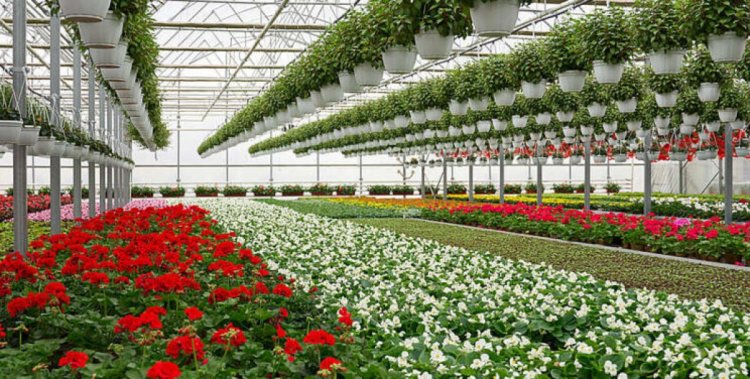
India’s floriculture and horticulture industries have emerged as high-growth sectors, transforming rural economies and strengthening the country's position in global agricultural trade. The Economic Survey 2024-25 highlights floriculture as a "sunrise industry" with a strong export focus, while horticulture continues to surpass traditional farming in profitability and productivity. Both sectors are benefiting from rising global demand, government support, and technological advancements, making them key drivers of rural development and entrepreneurship.
Floriculture: A Blossoming Export Opportunity
Floriculture has evolved into a lucrative commercial venture, offering higher returns per unit area than traditional field crops. Entrepreneurs across states like Tamil Nadu, Karnataka, Madhya Pradesh, West Bengal, Uttar Pradesh, and Maharashtra have established sophisticated export-oriented floriculture units. In FY24, around 297,000 hectares were dedicated to floriculture, yielding 2,284,000 tonnes of loose flowers and 947,000 tonnes of cut flowers. India exported 19,678 metric tonnes of floriculture products, generating ₹717.83 crore (USD 86.63 million), with key markets including the USA, Netherlands, UAE, UK, Canada, and Malaysia.
The survey says, profitable avenues in commercial floriculture include cut-flower production, loose-flower production, dry flowers, cut greens, pot plants, flower seeds, perfumes and essential oils. Including flowers in rice-based crop sequences gave higher net returns than other sequences, viz. rice-soybean, rice-bell pepper, rice-fodder maize, rice-cowpea and rice-radish. Further, intercropping flowers are more profitable compared to the options of cereals, pulses, vegetables and oilseeds. With subsidy support and crop loan financing, it is a promising venture for marginal and small landholdings, which constitute more than 96 per cent of the total landholdings and 63 per cent of the area of cultivation under floriculture.
Horticulture: Boosting Productivity and Farmer Incomes
As the Survey says, horticulture is also reshaping India’s agricultural landscape, offering higher profitability than conventional farming. The success story of Nashik’s grape farmers is a prime example, where export-quality grapes command higher prices in global markets. In 2023-24, India exported 343,982.34 metric tonnes of fresh grapes worth ₹3,460.70 crore (USD 417.07 million), with Maharashtra leading production, contributing over 67% of the total output. The adoption of advanced monitoring technologies has further enhanced quality and productivity, attracting rural youth to grape farming.
This economic upliftment has attracted rural youth to grape farming. Farmers have adopted advanced technologies like real-time monitoring systems to ensure optimal grape quality. The Nashik grape story shows how export-oriented agriculture, technology, and collective efforts can transform a region's socio-economic conditions.
With expanding global markets, and increasing technological integration, India’s floriculture and horticulture sectors are poised for sustained growth, cementing their role as engines of rural economic transformation.



 Join the RuralVoice whatsapp group
Join the RuralVoice whatsapp group